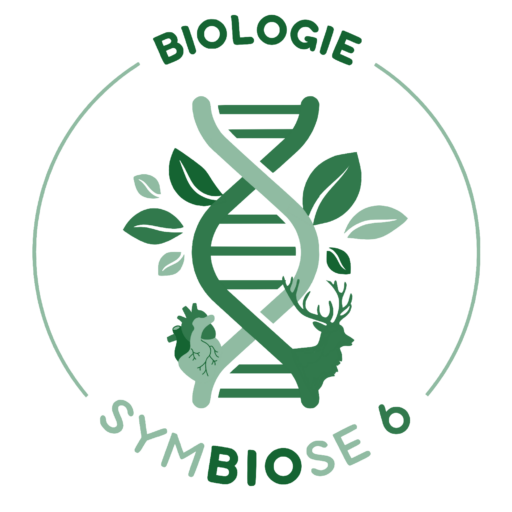ID CARD
Name: Aloe vera is part of the Liliaceae family. Like all plants of the Liliaceae family, Aloe Vera is a bulbous plant like onion.
Habitat: Aloe Vera originally grew mainly in dry areas. Nowadays, it is also found in Europe, Asia, Africa and America.
Size: Its height can reach up to 80 centimeters.
Way of life: Aloe vera does not usually flower. In order to reproduce, it creates a stolon, which is an extension of the plant devoid of leaves, on which a new plant grows. This extension disappears once reproduction is completed.
INTERESTING FACTS ABOUT THIS PLANT TO USE WHILE FLIRTING …OR NOT
Nowadays Aloe vera has a place for itself in many areas of our daily life. Although originally, it was mainly used in medicine, this “little” succulent plant has since been used in many domains such as cosmetics, dermatology and even in the kitchen!
But why is it so trendy ? Well, it’s thanks to the multitude of possibilities it offers. When used from the outside, it calms irritation, hydrates and heals the skin. When used from the inside, thanks to the many molecules that this magic plant contains (such as amino acids, vitamins, minerals and trace elements as well as enzymes and unsaturated fatty acids), it improves digestion, preserves our intestinal flora, lowers blood sugar (the blood glucose level) and balances the pH of our cells.
In addition to that, its latex (the yellow layer between the outer part of the leaf and the transparent jelly called mucilage in the center) can be used as a laxative. It should be consumed in moderation though, because excessive use can have serious consequences on our body and in particular on our digestive system. Being 99% water, Aloe Vera also helps strengthen liver function.
A little bonus info : This plant can also be used during cancer treatments to soothe patients’ wounds caused by radiotherapy, and can be combined with certain drugs such as steroids, diuretics and cardiac drugs in order to optimise efficiency.
Written by Marie Ulmann
Translated by Nour El Ghazal
Sources:



Comments are closed